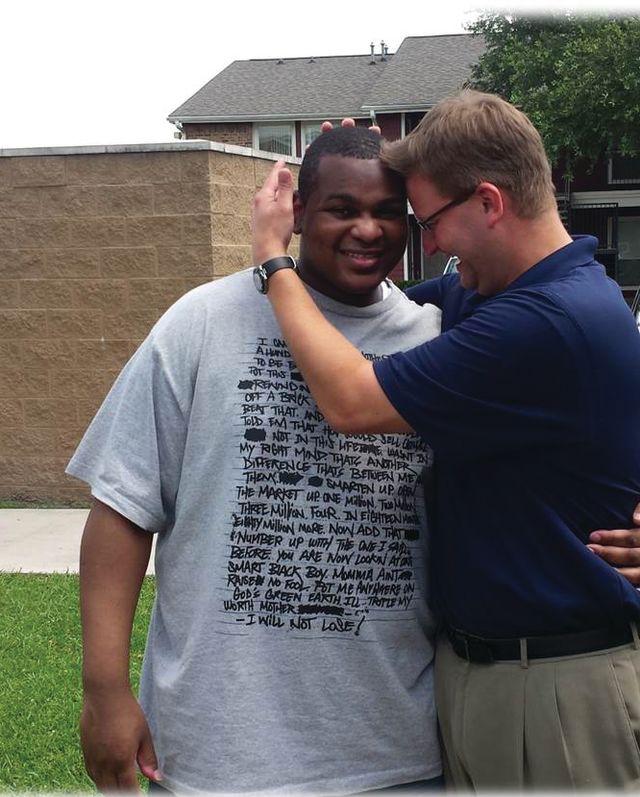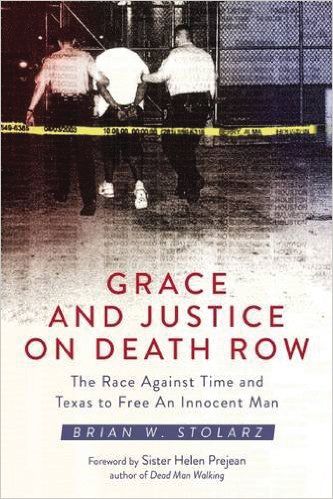Life After 12 Years on Death Row

Stolarz embracing Brown the day after his release from death row
Image: Brian Stolarz
Brian Stolarz was a young law associate at a firm in Washington, D.C., when, almost a decade ago, a senior partner dropped a pro bono file on his desk. The case involved a man named Alfred Dewayne Brown, a death row inmate at the Allan B. Polunsky Unit in Livingston, Texas, convicted of the 2003 murders of a veteran police officer and a shop clerk outside a check-cashing store in southeast Houston.
In March 2007, Stolarz flew to Texas to visit Brown. “The first time I met Dewayne, I knew he was innocent,” Stolarz says. “From my first job out of law school as a public defender in Brooklyn, New York, I gained an excellent bulls**t meter, excuse my language. But the second I saw Dewayne, it felt like a shot to my heart, as pure as when I held my daughter for the first time. I was positive he didn’t do it. And I was terrified. If I couldn’t prove it, I’d watch him die.”
During his 2005 trial, Brown had said he was sleeping at his girlfriend’s house at the time of the murders. But with a coerced grand jury and purposely concealed evidence that would have confirmed Brown’s alibi—as reported by Houston Chronicle columnist Lisa Falkenberg, in a series that would garner the paper its first Pulitzer Prize—he didn’t stand a chance.
In 2013, however, Brown finally had a stroke of luck. “A single piece of paper, practically a needle in a haystack, was found in an old case box... It was a subpoenaed phone record, requested from the prosecution, that proved he was at his girlfriend’s apartment the morning of the crime, confirming his alibi,” Stolarz recounts. “It was never turned over to his court-appointed attorney.”
Brown walked out of prison a free man on June 8, 2015, after 12 years on death row. The next morning, Stolarz flew in, and the two spoke for the first time without bulletproof glass between them. They embraced in a tearful bear hug that spanned several minutes. Brown lifted Stolarz—a tall and solid guy—off the ground.

Brown’s exoneration would receive widespread attention, even leading former governor Rick Perry to comment on the recklessness of the prosecution. “[Brown’s] life was almost ruined,” he said, “because of an overzealous prosecutor who concealed exonerating evidence.”
The case inspired Stolarz to write a book, Grace and Justice on Death Row: The Race Against Time and Texas to Free an Innocent Man. To coincide with the book’s release this month, the author’s coming to Houston to do a reading at Brazos Bookstore. “I wrote the book for two reasons,” Stolarz says. “I wanted to tell Dewayne’s story, and I wanted to shed light on the broken justice system in this country.”
Despite having spent close to 23 hours a day in a confined cell on death row for a dozen years, Brown, Stolarz says, isn’t bitter. “The most beautiful part of the story is that Dewayne was innocent going in, innocent going out, but doesn’t have an ounce of hate in his heart,” Stolarz says. “The case still makes me angry and upset, but he’s not bitter and stays positive. It’s hard for me to understand, but his attitude brings me peace.”




